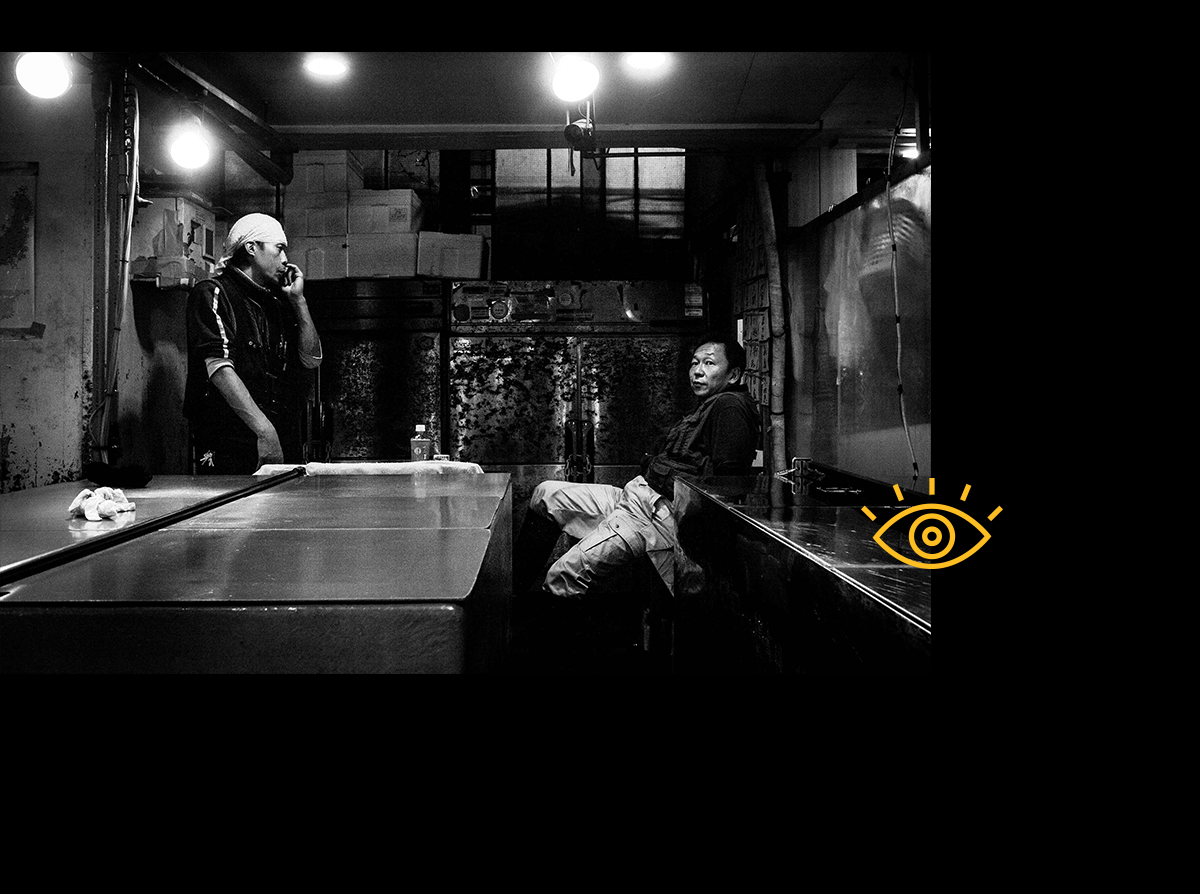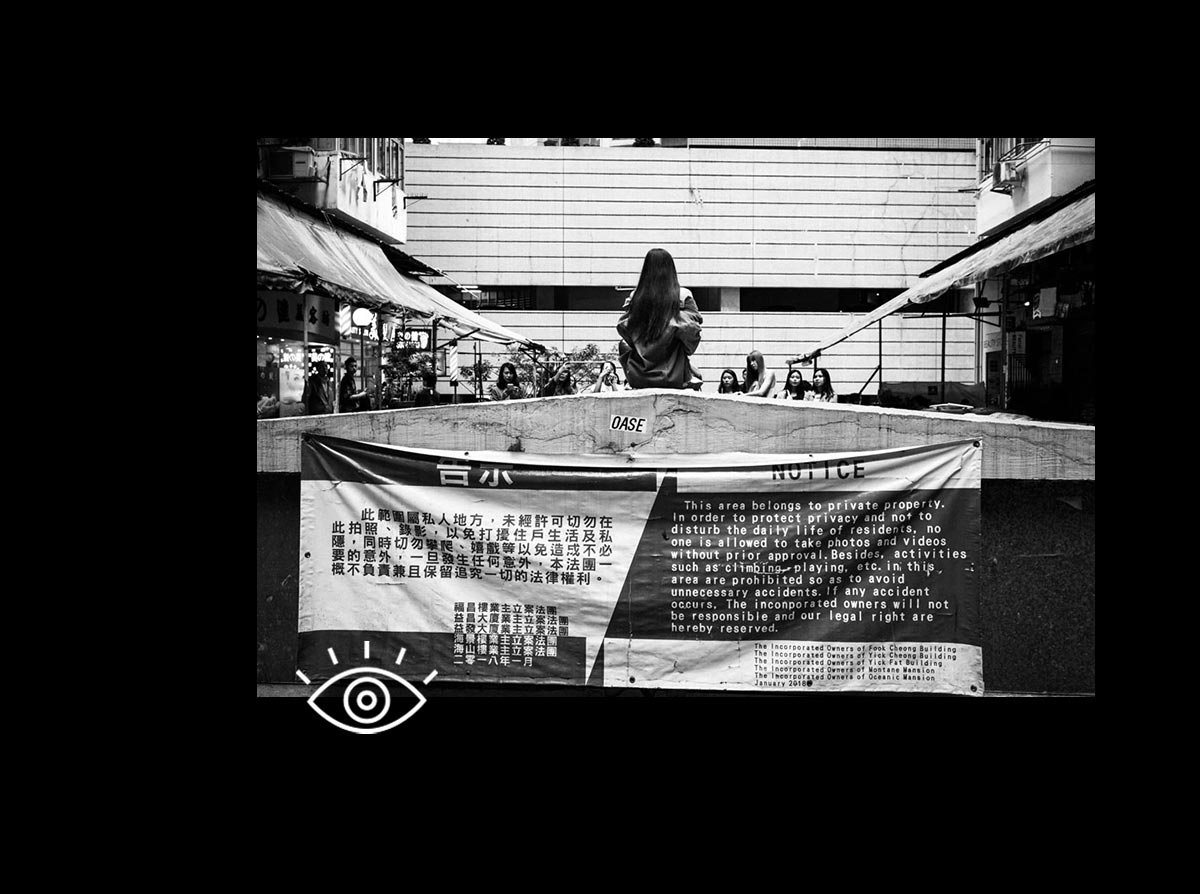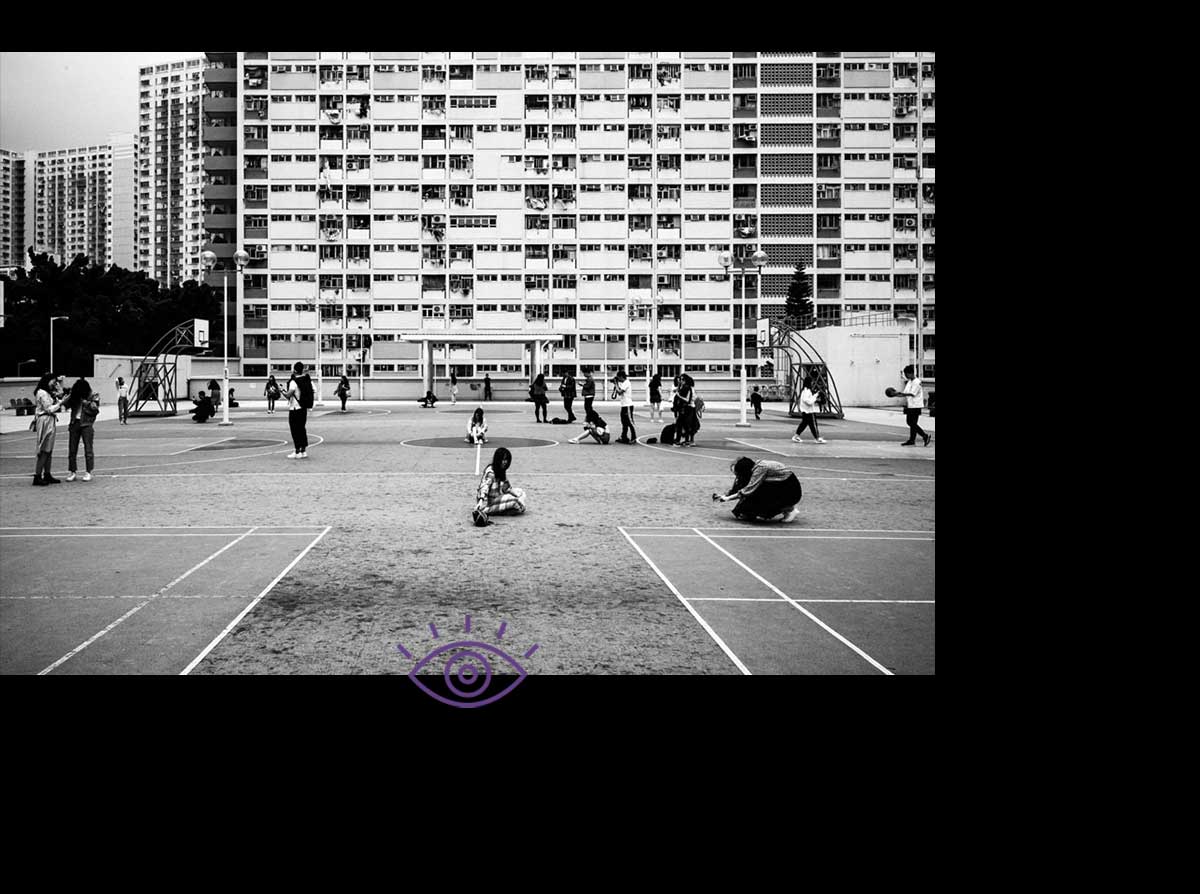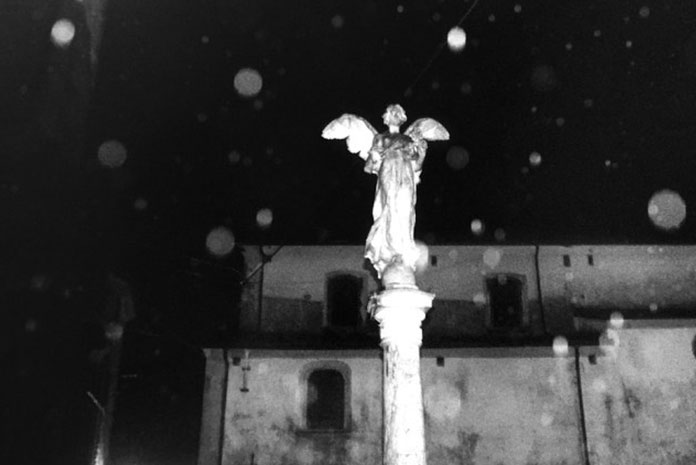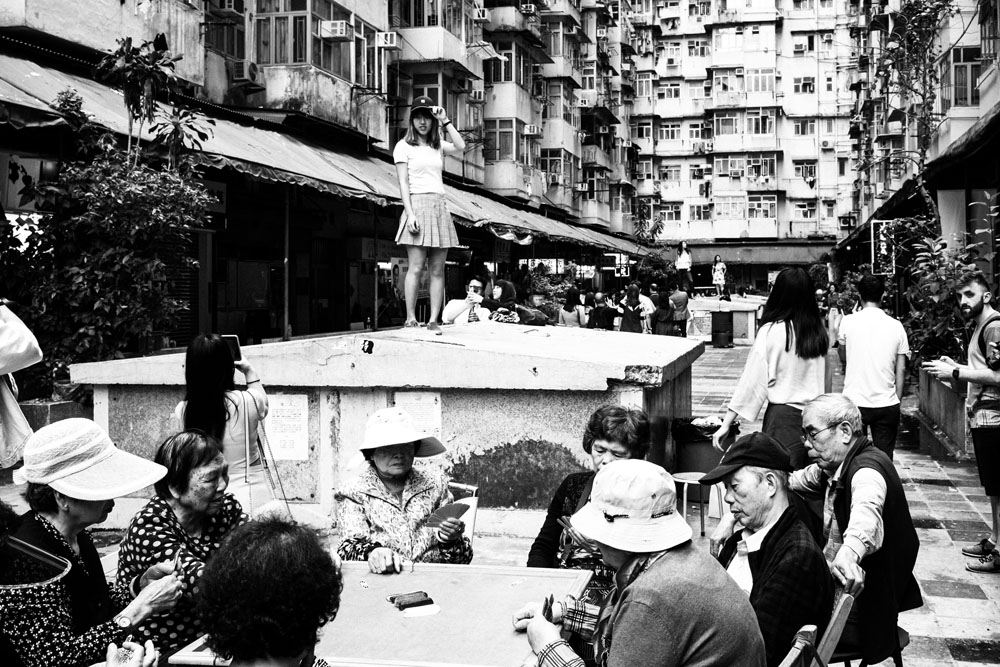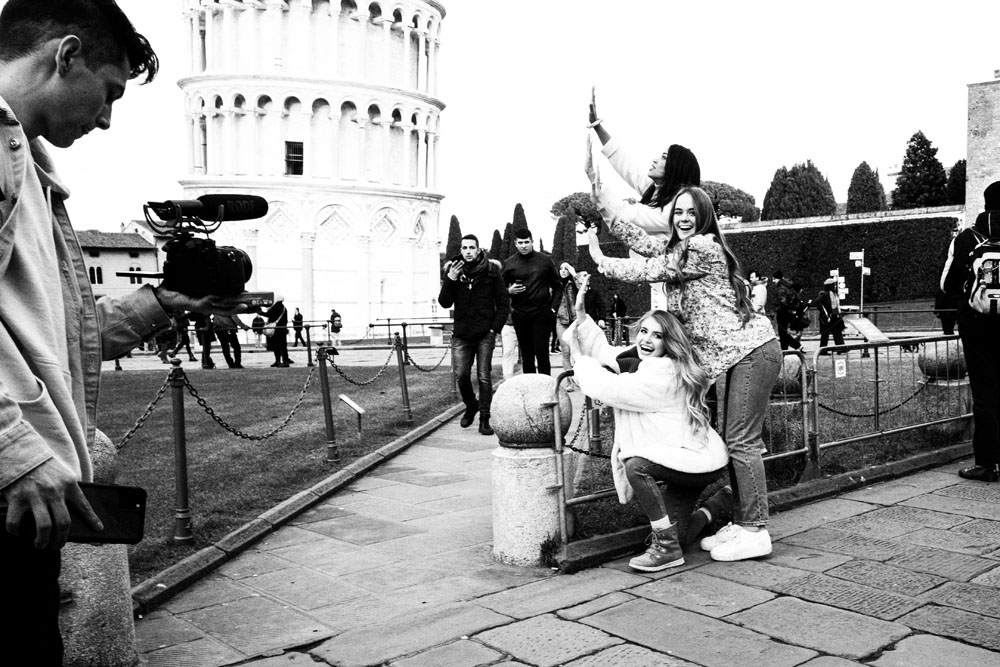Road to memory.
On occasion of the Photolux Festival held in Lucca, which I attended with the exhibition and presentation of “Tokyo Tsukiji”, I was able to visit the group exhibition on the winners of the last edition of the World Press Photo and, above all, “After the Flood”, the Joakim Kocjancic exhibition. Through his work, the result of a stay of six months in the province of Lucca, I was transported to the town of Cardoso di Stazzema, more than twenty years after a disastrous flood that left its mark on the region and on those who are still alive today.
I found it a very intense piece. I already knew the artist: I follow him and have admired him for some time, collecting his books, and what struck me most was the perspective chosen to tell the tragedy, moving the representation to a dimension of memories, without ever incorporating true images of the environmental disaster.
There are portraits of people and the town, in a path that develops like a poem, through the measured rhythm of black and white photographs, sometimes with an antique effect, alternating with very clear images.
In the photograph I chose to feature here, “Angel after the flood”, the whole dimension of the story and the reflection that derives from it can be seen: in the suspended time of the snowfall, there is a difference between the catastrophe, the total devastation that cannot be overcome, and the disaster, which even with its destructive charge allows the community to get back up and rebuild.
In the photos you can see the streets, the houses and the marked expressions of the inhabitants: I found it a deeply urban story and therefore close to my own research, humanity in its natural context. Seeing it interpreted by Joakim Kocjancic, through the profound relationship with the region that he has developed, it has given me a new outlook on the path that I’m taking.

